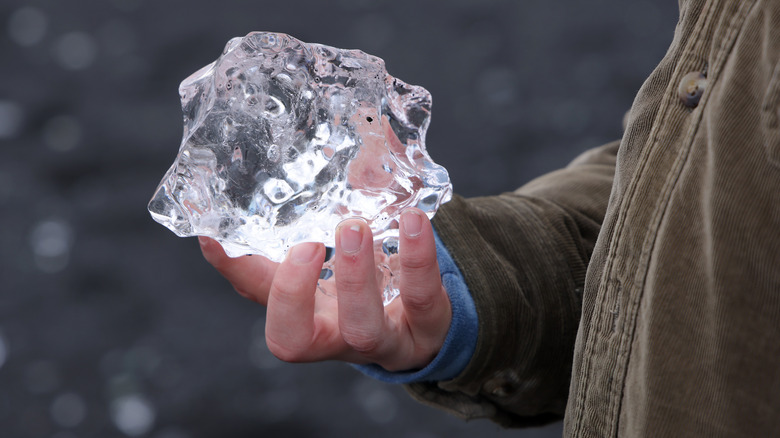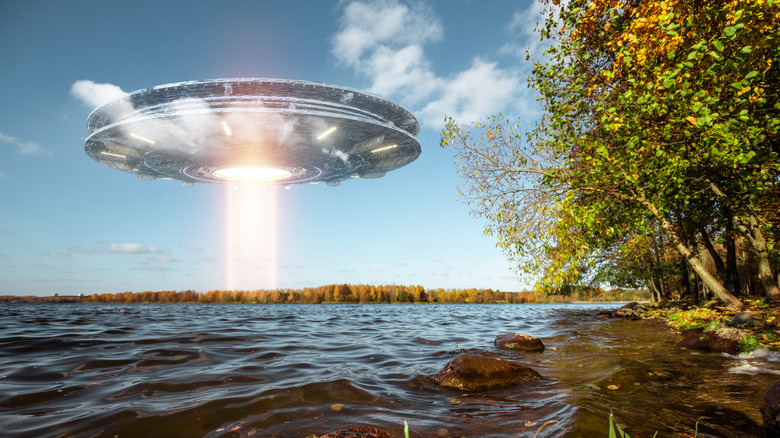
The Reason Science Still Can’t Explain Why Ice Is Slippery
Science is a slippery subject for lots of reasons, and one of those reasons is ice. We all know ice — the cool, refreshing form of water. Without its slippery goodness, thrills like ice skating and spills like slip and falls would cease to exist. The natural phenomenon of ice is responsible for turning everyday landscapes into winter wonderlands, making the Earth appear as though it’s encased in a frosty, glass container. But while many of us marvel at the appearance of ice, scientists are baffled by a different aspect of its existence — its slipperiness.
According to Science Daily, research has proved instrumental in explaining the role that friction plays in making ice slippery. However, some kinds of ice are classified as gases, while others are classified as liquids. From this perspective, scientists are a bit perplexed by the fact that liquid ices and gas ices both have the same reaction to friction: becoming slippery.
Ice isn't slippery unless it's introduced to friction
Imagine picking up a ball of ice and having it rest firmly in the palm of your hand. In a world without friction, that could totally happen. Of course, nobody and nothing could survive in such a reality, but that’s neither here nor there. When it comes to the science of our universe, the role that friction plays is both paramount and perplexing for scientists and researchers. Ice is one of many examples of that. When frozen water is introduced to friction, a thin layer of water develops on its surface and acts as a lubricant, making an otherwise firm surface extremely slippery (via Reconnect with Nature).
According to Vox, that thin liquid layer is about 1,000 times smaller than a bacteria, making it difficult to examine. Once scientists were able to manufacture the technologically advanced microscopes they needed for an in-depth look, they realized that the thickness of this layer is a single atom for gas ice but multiple atoms for liquid ice (via Inside Science). What they can’t figure out is why these two very different types of ice have a seemingly identical reaction to friction. The debate is an ongoing slippery slope.
So, to recap, ice isn’t slippery, science isn’t all-knowing, and friction isn’t just the force that causes wear and tear on your bicycle tires.

This Is The Only Beatles Song To Feature Just John Lennon And Paul McCartney

Why This Museum Claims To Hold Thomas Edison's Dying Breath

Was Bloody Mary Really England's Most Evil Queen?

What You Might Not Know About Aristotle's Childhood

The Surprising Thing One Of The Last Wild West Marshals Did

Rules Hells Angels Have To Follow

Bill Gates' Net Worth Is Even Higher Than You Thought

This Was The Last Public Execution In The United States

The Truth About The 2012 Apocalypse

Why Kim Deal Really Left The Pixies























